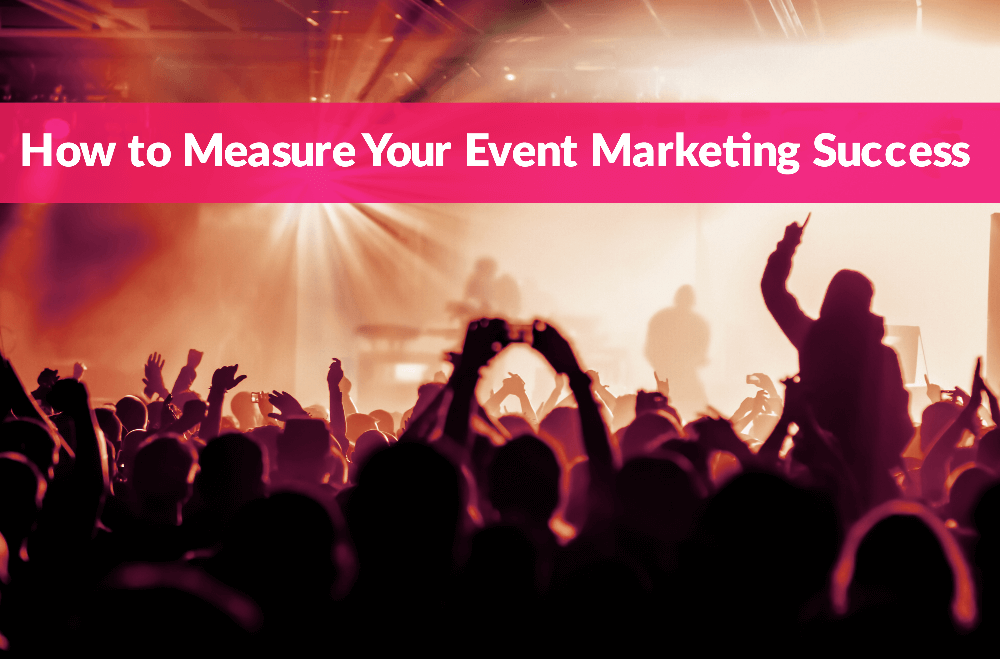So how do you know your event was a success? Of course, it’s a bit subjective, though you obviously want to make a net profit after all expenses have been accounted for.
You should, however, have a few measurements in place besides the usual, such as raw ticket sale numbers. To gauge the event from different angles, consider the following metrics.
- RSVP Numbers
When you create an official event page on Facebook, people should be able to RSVP and reserve their spot. Of course, there will be the usual “going to attend,” “not going to attend,” and “maybe.” Keep track of these numbers and observe how they change as the event date nears. Pay especially close to the “maybes.” How many of those later converted to “going to attend” and “not going to attend”?
On event day, you should also compare the number of people that RSVPed vs the number of people that actually showed up at the door. Likewise, how many of the “maybes” ended up showing up after all? If the metrics here reveal lower than anticipated numbers, then perhaps you can make some changes, such as sending the “maybe” people periodic reminders about how awesome the event is going to be and that it’s still not too late to reserve their spot.
- The Event Hashtag
First of all, if you’re planning the event and don’t have an event hashtag, then stop what you’re doing right now and create one. The event hashtag will be the core of your event marketing on social media.
This article provides a list of free hashtag tracking tools you can use for monitoring how well your hashtag is performing. Social media is pretty much a numbers game, so the more your hashtag is used the more attention it gets, thus allowing it to spread.
You can also experiment with several different event hashtags here and analyze their performance side by side. Hashtag tracking should be an ongoing process, keeping tabs of it before, during, and after the event. Did it perform better when the event was in progress or before during the promotional phase?
- Pre-Event Engagement
Some of your pre-event promotion may include activities for increasing engagement, such as a social media contest, a networking event, or a live stream Q&A session. These smaller events provide a good gauge of how well your event might perform. After all, if hardly anyone shows up or tunes in for these, then it might indicate a lack of interest in the main conference.
For an online event, don’t just record the total number of people who tuned in. Go a little deeper and measure the total numbers, while breaking it down according to the number of people that tuned in for the whole duration, those that went offline early, and those that jumped in midway through. Also, how many people asked questions vs those that just silently observed?
- Post-Event ROI
Measure overall business within a 30-day period or so after the event. Have overall sales increased? If so, what was the ratio of returning customers vs new ones? For the latter, did these people attend your event? Also look at what the sales are coming from? What percentage is from a product or service that was marketed at the event?
If you provided any special type of exclusive discount to the guests, what percentage of guests redeemed the offer? Be sure to measure sales patterns. Did sales peak within a day, two days, or a week after the event, and for how long before returning to baseline?
- Blog/Vlog engagement
A common event promotion tactic is to hold a series of blog or vlog posts dedicated to the event. These serve as sort of a countdown to build up hype and suspense. Measure how well these posts perform. Measure the total views, shares, comments, and likes vs. dislikes. Also compare performances between posts. Did performance generally increase or decrease as the event date neared?
Or did it remain roughly the same? If you used a combination of blogs and vlogs, did one generally performed better than the other? Other measurements include views via mobile vs desktop. If the former performed better, for example, then one improvement remedy is to cater your posts towards mobile users.
Finally, be sure to include a call-to-action at the end of each post with a link to the RSVP page. Measure whether RSVPs and ticket sales rose within 24 hours after the blog/vlog was published.
- Post-Event Survey
High attendance numbers don’t automatically equate to success. If guests generally found the event to be a letdown, then they are going to be a no-show for future events. Part of the event, after all, is to acquire long-term customers for future events and product purchases. If you wanted to know how your attendees felt about the event, why not just ask them?
Post-event surveys should be detailed, asking guests what they liked or disliked about specific parts of the event, such as the main presentation, the workshops, specific tradeshow booths, the catering, the venue, and so on. Don’t take a poor review, though, as a sign of failure. Instead, see it as valuable data, or constructive criticism on how future events can be improved.
When you gauge an event using multiple key performance indicators, you will begin to see patterns and trends regarding attendee behavior. With the revelation, you will know what the next steps are for improving future events.
About the Author: Dan McCarthy is an Event Manager at Ultimate Experience, an event management company based in the UK. Dan has 5 years of event project management under his belt. He has worked on many successful events, and currently he shares his knowledge by writing on the company blog. Follow him on Twitter @DanCarthy2.]]]]> ]]>
